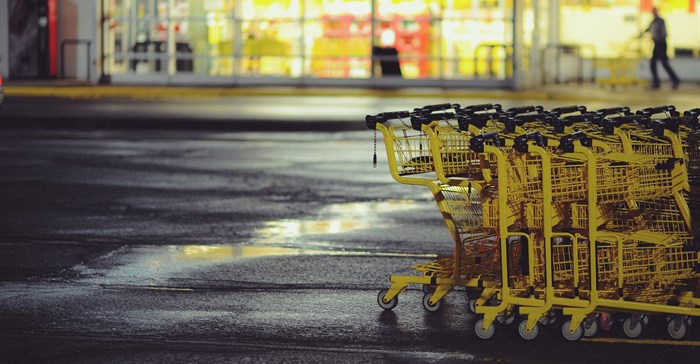
The first real data and insight into the untapped ‘mass-market’ started in 2012 with reports suggesting that 70% of South Africa’s consumer market lives in households that collectively earn less than R6,000 per month.
A lot of progress and further research has been made since then to reveal the power and importance of understanding and connecting with the mass market in Africa that moves between formal and informal retail spaces to search out the best fulfilment method for their needs.
At least 54% of the South African population falls between LSMs three and six – with an estimated 13 million shoppers in the independent and informal retail sector. This is not traditional, bottom-end or emerging, this is the ‘main’ market of South Africa.
However, despite all the research done to date about this economically-active consumer base, there are still nuances and misconceptions around low-income consumer behaviour – resulting in marketers generally failing to connect with this crucial market.
To demonstrate the continued employment of outdated strategies by brands, the current advertising spend directed at the LSM eight to 10 bracket is 70%, with over 81% of households therefore not being proactively engaged with.
In other words, most advertisers and marketers are missing the boat when it comes to targeting South Africa’s mass market. Those in the know refer to this market segment as the mass market but we believe the label of ‘main market’ is more fitting because of the vast potential it offers to brands and marketers who are willing to rethink their marketing and sales strategies.
A moving target, this main market moves fluidly between formal and informal retail spaces such as spaza shops and cash and carry’s, trying to best fulfil their needs that include value, experience, convenience, trust and connection.
This constant state of flux makes it incredibly difficult to find a strategy that works and, for many brands, it is a constant challenge to find a way in.
Brands need to approach this segment with precision rather than with broad-based tactics.Technology has helped the industry introduce effective brand engagement opportunities that include shopper marketing and loyalty programmes in the main market.
These ‘commonplace’ touchpoints in modern trade environments like Clicks, Woolworths and Makro were never previously available to the growing main market consumer in the independent trade sector, and we have seen first-hand how our introduction of direct access for brands into this market and retail space has proven invaluable and extremely effective for both brands and retailers.
Thank you! The votes are in for this year's @SundayTimesZA Shopper Survey Awards! #FeelGood
— Clicks (@Clicks_SA) September 19, 2019
- #1 Health and Beauty outlet
- #1 Pharmacy Your support means everything to us! pic.twitter.com/Jaw3n2Z013
The downturn of the economy has seen modern trade become more stagnant with no significant change in shopping behaviour from the higher LSM consumer.
I firmly believe – and the data confirms it – that the main market and independent trade is the only place that brands are going to see double digital growth and not only in South Africa but across the continent.
There is vast potential for marketers who are willing to rethink their marketing strategies and the key is going back to basics to find a solution that brings value, experience, trust and connection in the main market space.
These needs are not limited to this income bracket, however, and, until now, brands are failing to meaningfully connect here.
To generate relevant content, brands and companies need to put their thinking caps back on. The only way to do this is by getting inside consumers’ minds to fully understand their aspirations, behaviour and what drives them.
I believe the key for brands to tap into the main market, which has often been referred to as a ‘blind spot’ by big brands, is through education and working with experienced and established agencies that have a proven track record in this exciting space.
